The ride-hailing industry has transformed urban mobility, with apps like Uber, Lyft and Bolt reshaping how people commute. With the global ride-sharing market projected to reach $220 billion by 2028, many entrepreneurs and businesses are eager to build their own Uber-like app with the help of a reliable taxi app development company.
However, developing a successful Uber clone app or any taxi app solution requires careful planning, the right tech stack, and seamless execution. This comprehensive guide provides a step-by-step roadmap for ride hailing app development, covering essential features, technical architecture, development process, and cost considerations.
Step 1: Market Research & Defining Your Niche
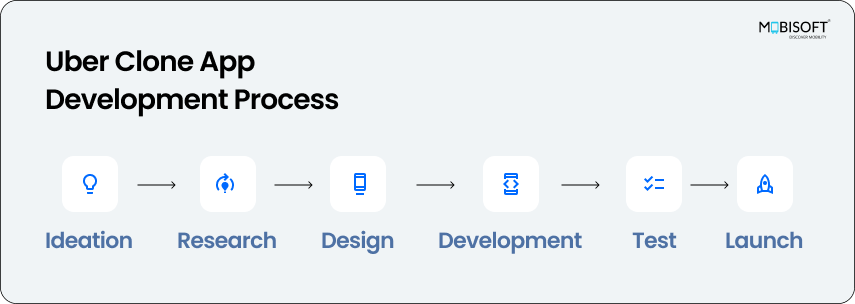
Before diving into taxi app development, thorough market research is crucial. Understanding your target audience and differentiating your service will define your success.
Key Considerations:
- Target Market: Urban areas, corporate ride services, women-only taxis, airport shuttles, etc.
- Competitor Analysis: Study Uber, Lyft, and other taxi booking apps to identify strengths and gaps.
- Regulatory Compliance: Ensure your taxi app business model adheres to local transport laws, data privacy regulations (GDPR, CCPA), and licensing requirements.
- Monetization Strategy: Revenue models can include commission per ride, subscription plans, surge pricing, and partnerships.
If your strategy targets solo riders in congested cities, bike taxi app development can be a lucrative niche.
Step 2: Define Core Features for Your Ride-Hailing App
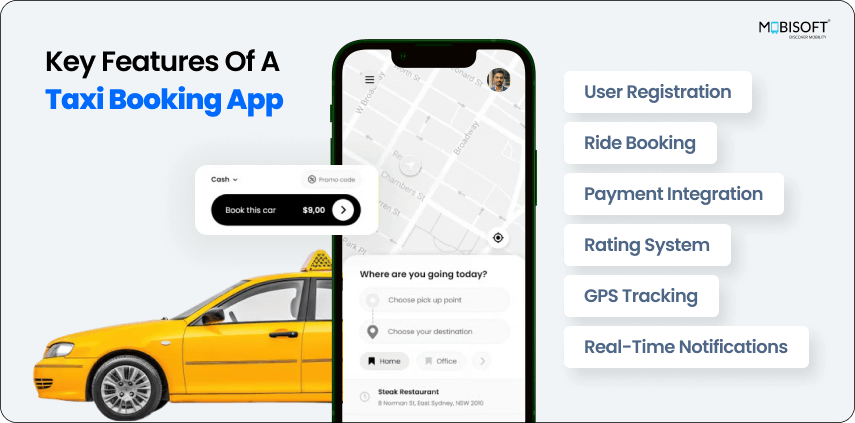
Whether you're building a custom taxi booking app or an Uber clone app, your platform should enhance both driver and rider experiences while ensuring security and operational efficiency.
For Passengers:
- User registration & profile management
- Ride booking & fare estimation
- Real-time GPS tracking
- Multiple payment options (credit card, digital wallets, UPI)
- Ride history & receipts
- Ratings & reviews for drivers
- Emergency SOS button for safety
For Drivers:
- Registration & verification process
- Trip request & ride acceptance
- Navigation & route optimization
- Earnings dashboard & payment tracking
- Customer feedback & performance insights
Admin Panel Features:
- Analytics dashboard
- User & driver management
- Fare & commission settings
- Surge pricing management
- Real-time fleet tracking
- Reporting
These features are commonly found in Uber-like taxi app development and are crucial for building a scalable platform.
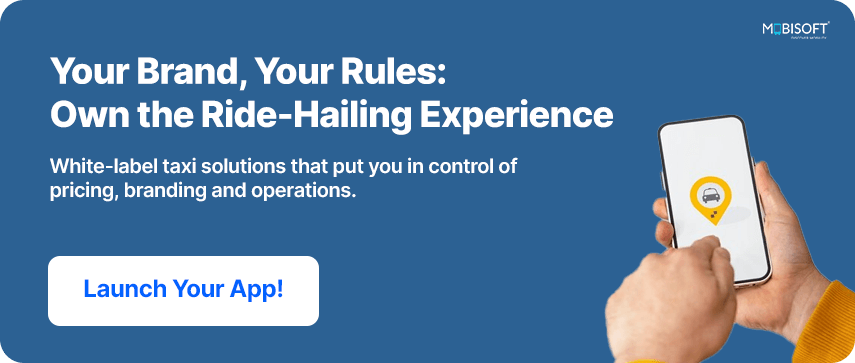
Step 3: Choose the Right Tech Stack
Selecting the appropriate technologies is essential for any taxi mobile app development project, ensuring app scalability, performance, and security.
Frontend (User & Driver App):
- Android: Kotlin or Java
- iOS: Swift
- Cross-Platform: Flutter or React Native
Backend Development:
- Programming Languages: Node.js, Python, or Ruby on Rails
- Database: PostgreSQL, Firebase, or MongoDB
- Server: AWS, Google Cloud, or Azure
APIs & Third-Party Integrations:
- Google Maps API for real-time navigation
- Stripe/PayPal for secure payments
- Firebase for push notifications
- Twilio for SMS authentication
Many taxi app development companies recommend these stacks for delivering high-performance apps.
Step 4: Design a Seamless User Experience (UX/UI)
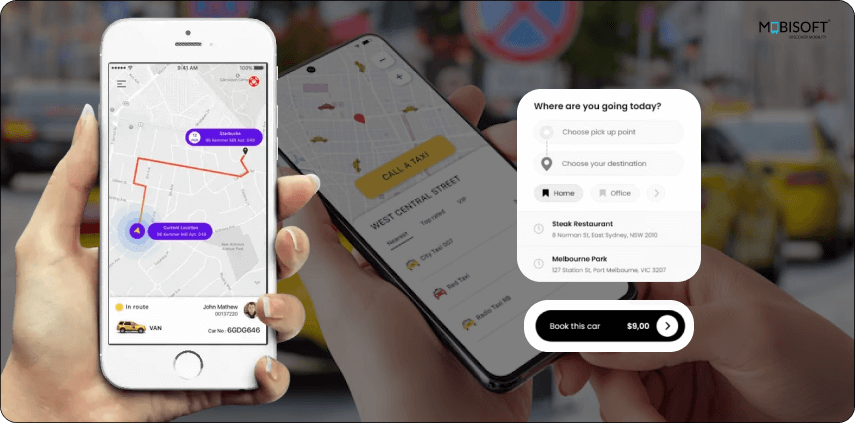
A well-designed interface ensures user engagement and efficiency.
Best UX/UI Practices:
- Intuitive onboarding process
- Minimalistic ride-booking flow
- Real-time tracking with interactive maps
- Easy-to-access payment and ride history
- Smooth driver onboarding & trip management
Step 5: Develop & Test Your Ride-Hailing App
The development phase in ride hailing app development includes:
1. MVP Development:
Start with a Minimum Viable Product (MVP) to launch a basic version with essential features. This allows for early market testing and feedback.
2. Agile Development Approach:
Follow an iterative development cycle, continuously refining features based on testing and user feedback.
3. Testing & Quality Assurance:
- Unit Testing: Validate each feature separately
- Security Testing: Prevent data breaches & payment fraud
- Performance Testing: Ensure app stability during peak loads
- Usability Testing: Identify UI/UX issues before launch
Step 6: Deploy & Scale Your Ride-Hailing App
Once taxi booking app development and testing are complete, the app can be launched and scaled gradually.
Deployment Strategy:
- Submit the app to Google Play Store & Apple App Store
- Implement a soft launch in a test market before full-scale rollout
- Collect user feedback and refine the app accordingly
Scaling Your App:
- Implement AI-based demand prediction to optimize availability
- Use cloud auto-scaling to handle high traffic
- Introduce ride-sharing pools for cost-effective rides
- Expand services to multiple cities or regions
If targeting event-based transportation or corporate mobility, consider integration with event transportation software to support large-scale ride coordination.
Step 7: Ensure Security & Data Privacy
Since ride-hailing apps handle sensitive user data, security measures must be robust.
Key Security Measures:
- End-to-End Encryption: Secure ride data and payments
- OAuth & JWT Authentication: Protect user sessions
- GDPR & CCPA Compliance: Follow global data protection laws
- Fraud Detection Algorithms: Detect suspicious transactions
- Regular Security Audits: Prevent potential vulnerabilities
Step 8: Marketing & Customer Acquisition
A strong marketing strategy is essential to attract riders and drivers to your platform.
Growth Strategies:
- Referral & Loyalty Programs: Offer ride discounts for referrals
- Social Media & Digital Ads: Target users via Facebook, Instagram & Google Ads
- Influencer Collaborations: Partner with local influencers for brand awareness
- Driver Incentives: Offer higher commissions for early adopters
Cost Estimation: How Much Does It Cost to Build a Ride-Hailing App?
The cost of developing a taxi booking app like Uber depends on its scope, tech complexity, and team structure. For a detailed analysis, check our full guide on the cost of Uber like app development.
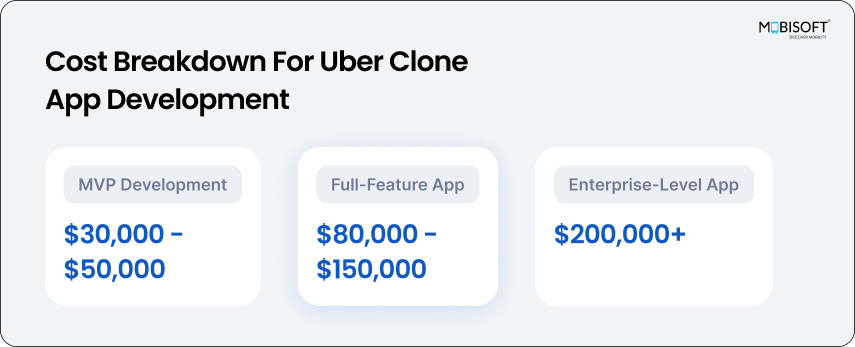
Estimated Costs:
- MVP Development: $30,000 - $50,000
- Full-Feature App: $80,000 - $150,000
- Enterprise-Level App: $200,000+
Factors Affecting Cost:
- Development team (in-house vs. outsourced)
- Advanced features (AI, route optimization, ride-sharing pools)
- Cloud infrastructure & third-party API costs
You can also refer to the Roadmap to Build an App Like Uber – Features, Technology, Cost? for a deeper understanding of essential components and pricing insights.
Conclusion
Building a ride-hailing app like Uber requires strategic planning, a powerful tech stack, and seamless execution. From conducting market research to deploying the final product, each step plays a vital role in ensuring success.
By prioritizing security, scalability, and user experience, businesses can create a sustainable and competitive platform through high-quality taxi booking app development services that meet modern mobility needs.
If you're also exploring the application of Uber-like models in logistics, the blog How Can Uber Freight Like Apps Benefit The Trucking Industry? highlights key opportunities in the freight and trucking sector.
Ready to build the next big ride-sharing app? Let’s make it happen.


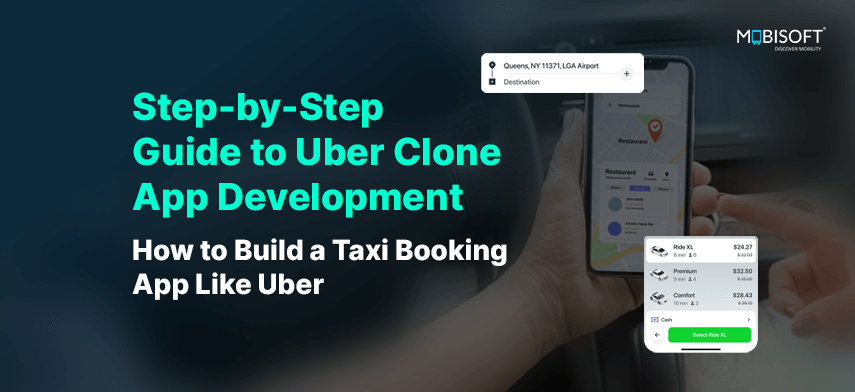


 March 5, 2025
March 5, 2025


